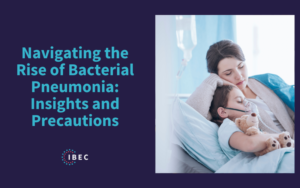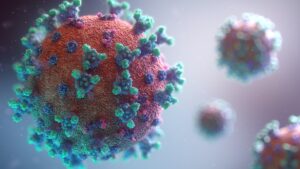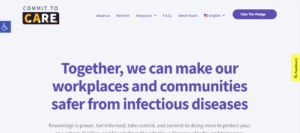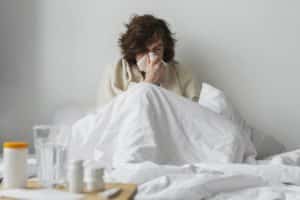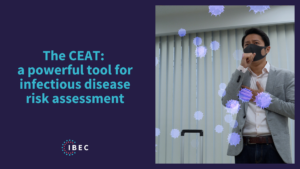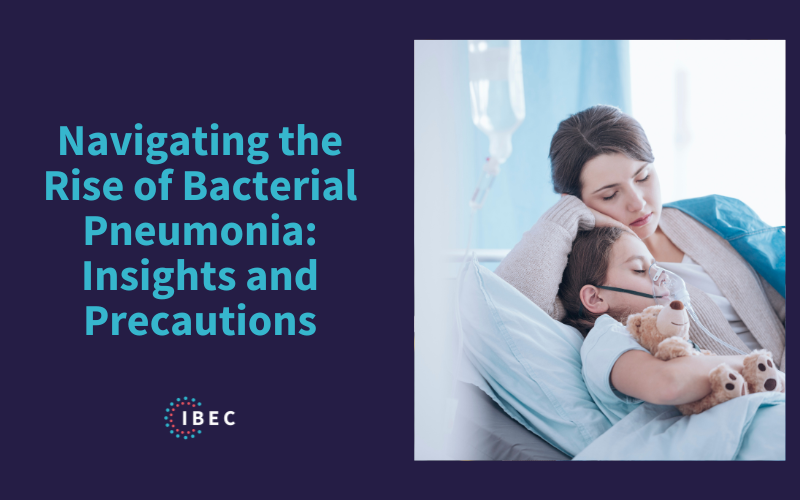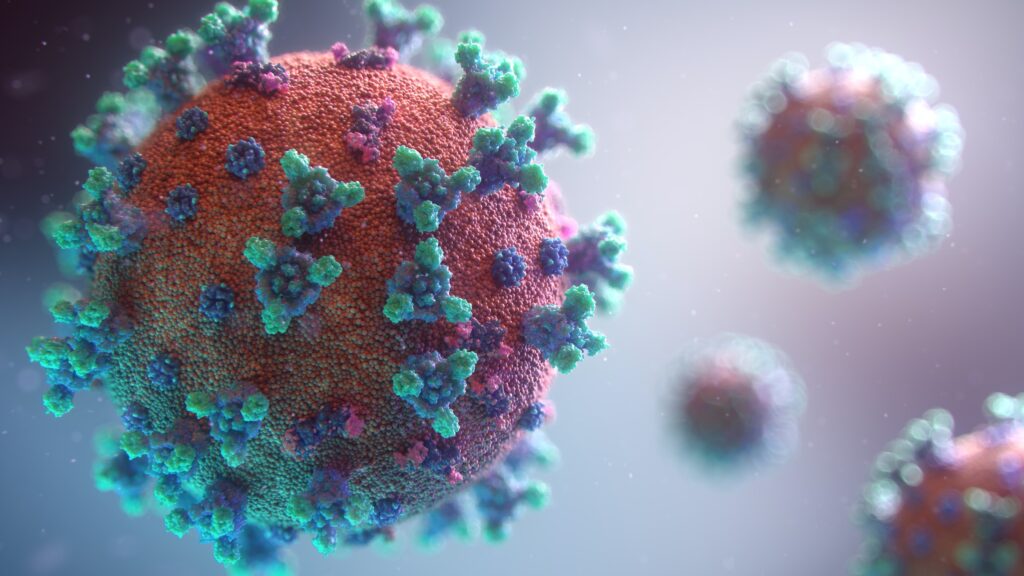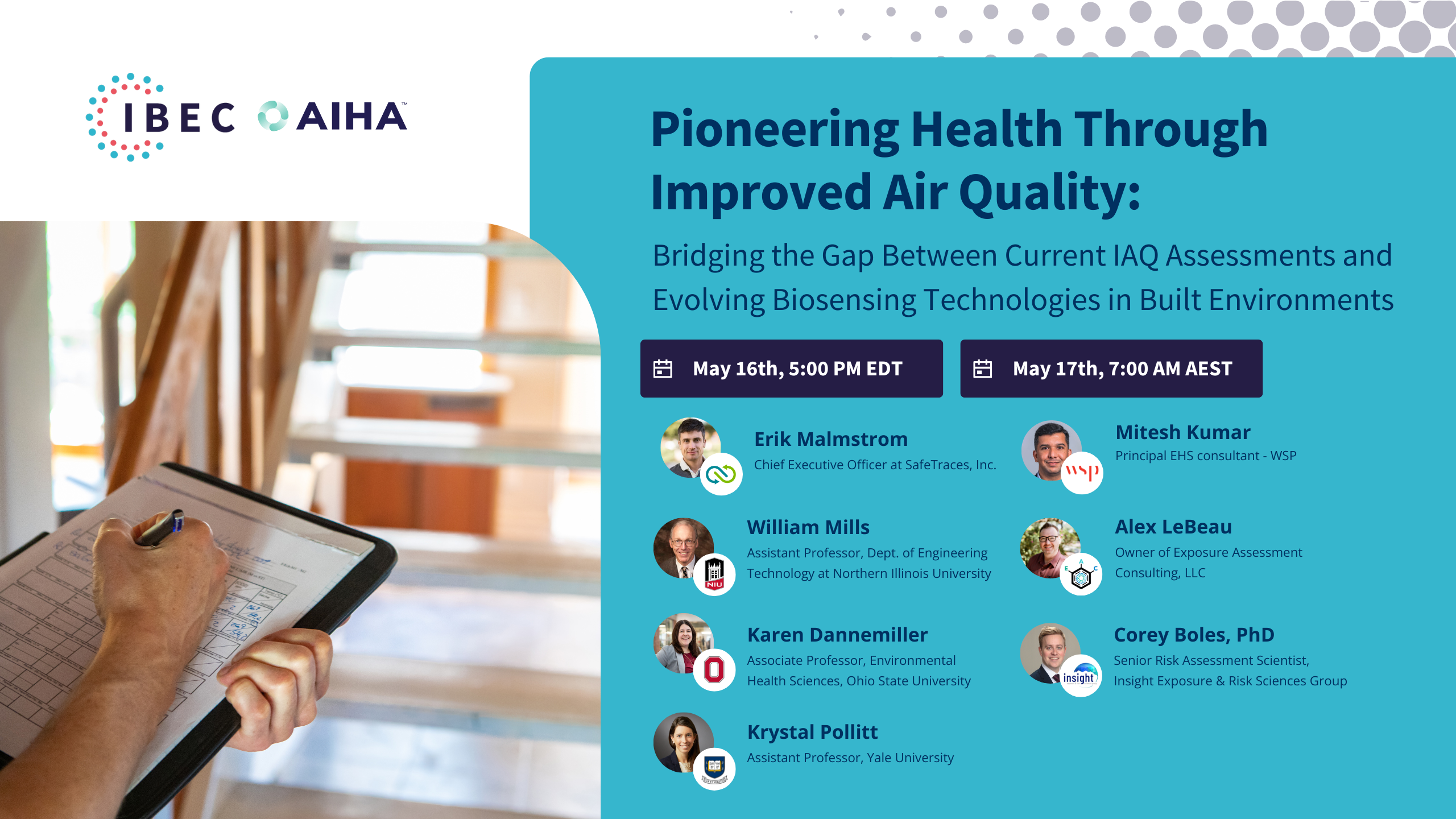
This is an extract from our August CLEAN Lessons Learned session “Getting Serious About Airborne Infection Transmission” where Dr. Lidia Morawska gave a presentation about the airborne nature of the COVID-19 virus and others.
It is not a secret that these past couple of years have been challenging.
COVID-19 took the world by storm, and for some time, we didn’t know how the world would recuperate from the hard-hitting pandemic.
Today, we have a clearer understanding of the issue, thanks to the scientists who have dedicated their work to understanding how the virus works and how COVID-19 can be controlled.
At our August CLEAN Lessons Learned session, “Getting Serious About Airborne Infection Transmission,” Dr. Lidia Morawska discussed what lies ahead in a world beyond COVID-19.
Keep reading for a take on how to move forward.
Getting Serious About Airborne Transmission
It is important to remember that there are solutions, and we must think beyond COVID-19.
To bring the word to this realization, Dr. Morawska and her colleagues published a paper in May 2021 called “A paradigm shift to combat indoor respiratory infection.”
There needs to be a conversation about how we can start to get serious about airborne transmission. To do so, Lidia Morawska proposes the following steps.
Step #1: We Need a Paradigm Shift
In the first place, we need a paradigm shift in how our buildings are designed, equipped, and operated to minimize all air risks, including airborne infection transmission.
What are all the risks?
We may be focusing on airborne transmission due to the surge of COVID-19. However, there are more air risks in buildings we also need to take into consideration.

There are pollutants generated inside from anthropogenic sources, which we need to remove from the indoor space.
There are pollutants from the outdoors, like bushfires or car emissions, which we also need to control.
At the same time, we need to ensure thermal comfort. And if we closed out the building too much, then different issues like dampness and mold could arise.
All this has to be considered during the building design of the HVAC system in terms of building operation.
Another important thing is keeping energy demand in as a part of this equation; we can’t just increase ventilation at any expense; we need to do it intelligently. We need to minimize energy demand.

The solutions are there, as schematically presented in this diagram.
- We need to design the interior for expected occupancy.
- We need to control if the occupancy is higher than designed for and think about distributing the airflow.
- We can talk about personalized ventilation where even less air would need to be delivered to secure clean air.
Step #2: The Economy
The second step is minding the economy. This is a difficult step because it is expensive. However, the perception needs to shift to a realization that the economic cost of the impacts of indoor air pollution by far exceeds all other charges.
The cost of COVID-19, as reported a few months ago, was assessed as one trillion dollars monthly. As well, the costs of other transmissions pre-COVID (like influenza) were fifty-nine billion dollars in the US.
Step #3: Standards
These things will not happen voluntarily, and this is why it’s so important to have ventilation standards.
We must develop ventilation standards to explicitly consider health and infection control in their statements of purpose and definitions.
Once this is added to the planning, then everything else will follow.
Conclusion

The image above was taken while the 1918 flu killed millions.
This happened and then faded away from collective memory.
Could the same happen with COVID?
The scary thing is that it is already happening. However, everybody in this space is working hard on a paradigm shift in combating respiratory infections in general.
Just as Edwin Chadwick created the 1842 Sanitary Report, which revolutionized the world, and now we cannot imagine a world without centralized sewage systems. Hopefully, there will be a time in future generations that would not imagine times without clean indoor air.
What can you do today to start making this paradigm shift?
Related Blogposts
Interdisciplinary Collaboration in Environmental Science: Pioneering Health Solutions with IBEC’s New CSO
The Integrated Bioscience and Built Environment Consortium (IBEC) proudly introduces its new Chief Scientific Officer (CSO), Stephane Bilodeau. Bringing over 25 years of diverse experience…
Navigating the Rise of Bacterial Pneumonia: Insights and Precautions
Navigating the Rise of Bacterial Pneumonia: Insights and Precautions As winter’s chill sets in, health professionals and organizations brace for the annual uptick in respiratory…
New COVID-19 Variant JN.1 Raises in the United States
JN.1 is a highly contagious, fast-spreading subvariant of omicron that has become the dominant strain in the country. According to data from the Centers for…
Pioneering Steps to Control Infectious Aerosols: Dr. Claire Bird Offers Expert Insight on ASHRAE’s New Draft Standard
As we navigate through the challenges posed by the COVID-19 pandemic and other airborne diseases, there is a dire need to implement measures that will…
IBEC Takes the Lead in Developing a Framework for Reducing Indoor Pathogen Transmission
Dear IBEC Partners and Supporters, As we continue to navigate the ongoing threat of airborne pathogens transmission in our shared indoor communities, it’s more important…
New Commit To C.A.R.E. Resources Deliver Innovative Indoor Air Quality Solutions for Safer Workplaces
The Commit to C.A.R.E initiative The Integrated Bioscience and Built Environment Consortium (IBEC) and The American Industrial Hygiene Association (AIHA), two leading organizations committed to…
Staying Ahead of Severe GAS Infections and Other Secondary Bacterial Infections
Severe Group A Streptococcal (GAS) infections, including invasive disease (iGAS), can lead to life-threatening illness and death. CDC is looking into an increase in…
Industry Leader L’Oréal Pledges to Support Commit to C.A.R.E.
Industry Leader L’Oréal Pledges to Support Commit to C.A.R.E. With health experts warning of the triple threat of the continued spread of new COVID-19…
C.L.E.A.N. Lessons Learned: How to protect the healthcare system from current and future pandemics
The COVID-19 pandemic caught the world off guard. Health organizations all over the globe rushed into a quick response to protect people from the threat…
The CEAT: a powerful tool for infectious disease risk assessment
The CEAT is a powerful tool for infectious disease risk assessment. Keep reading to learn about its development and use. We will never forget March…
Interdisciplinary Collaboration in Environmental Science: Pioneering Health Solutions with IBEC’s New CSO
The Integrated Bioscience and Built Environment Consortium (IBEC) proudly introduces its new Chief Scientific Officer (CSO), Stephane…
Navigating the Rise of Bacterial Pneumonia: Insights and Precautions
Navigating the Rise of Bacterial Pneumonia: Insights and Precautions As winter’s chill sets in, health professionals and…
New COVID-19 Variant JN.1 Raises in the United States
JN.1 is a highly contagious, fast-spreading subvariant of omicron that has become the dominant strain in the…


